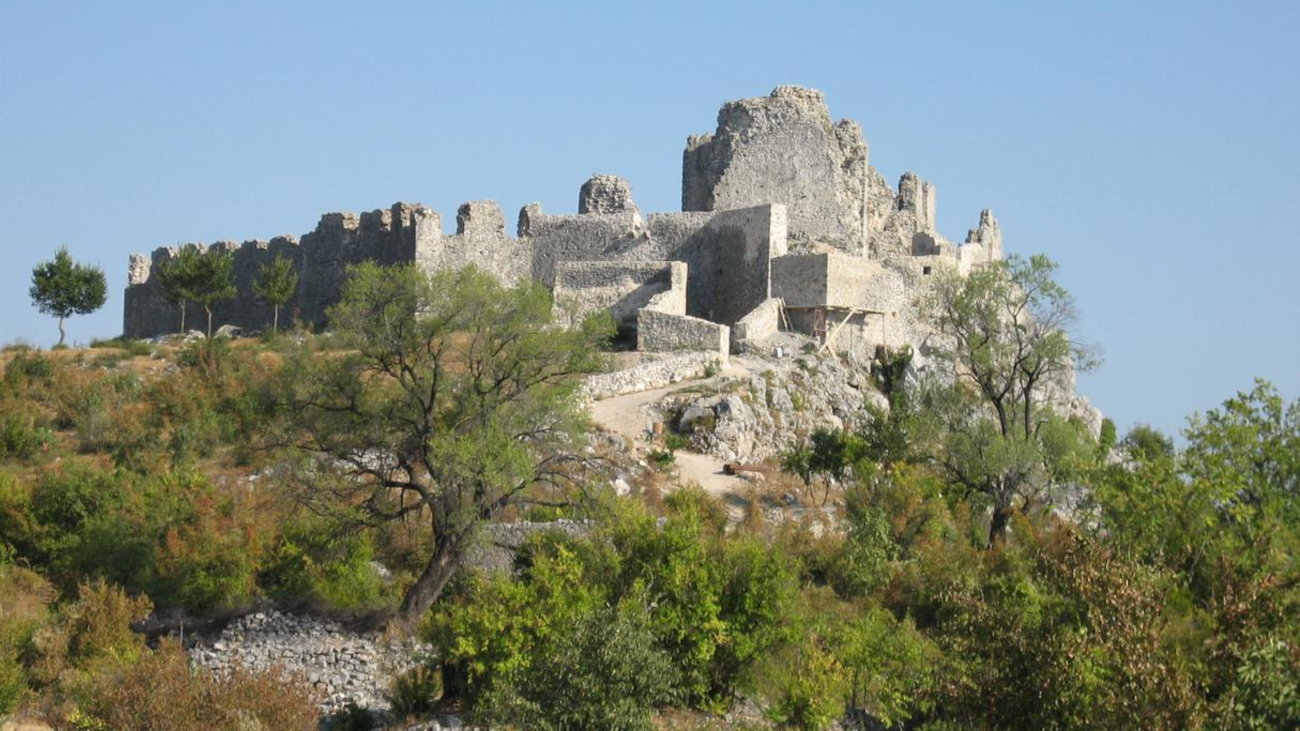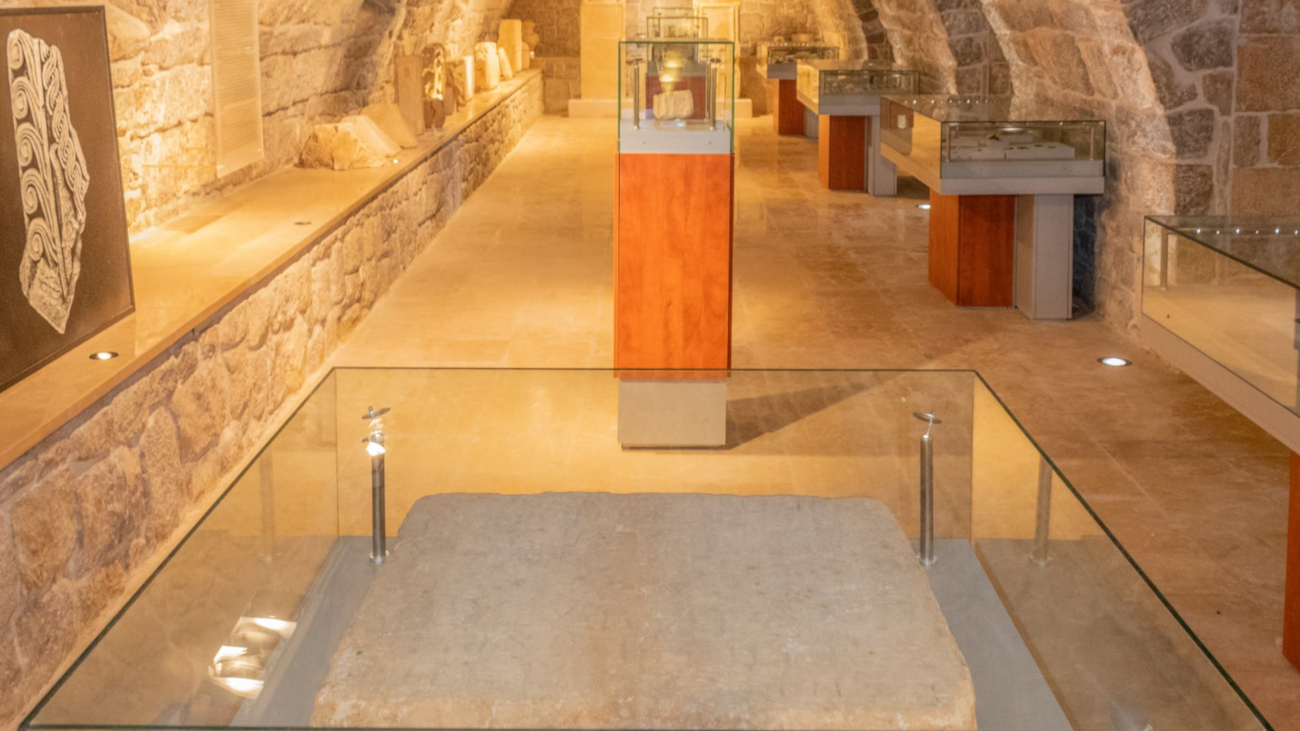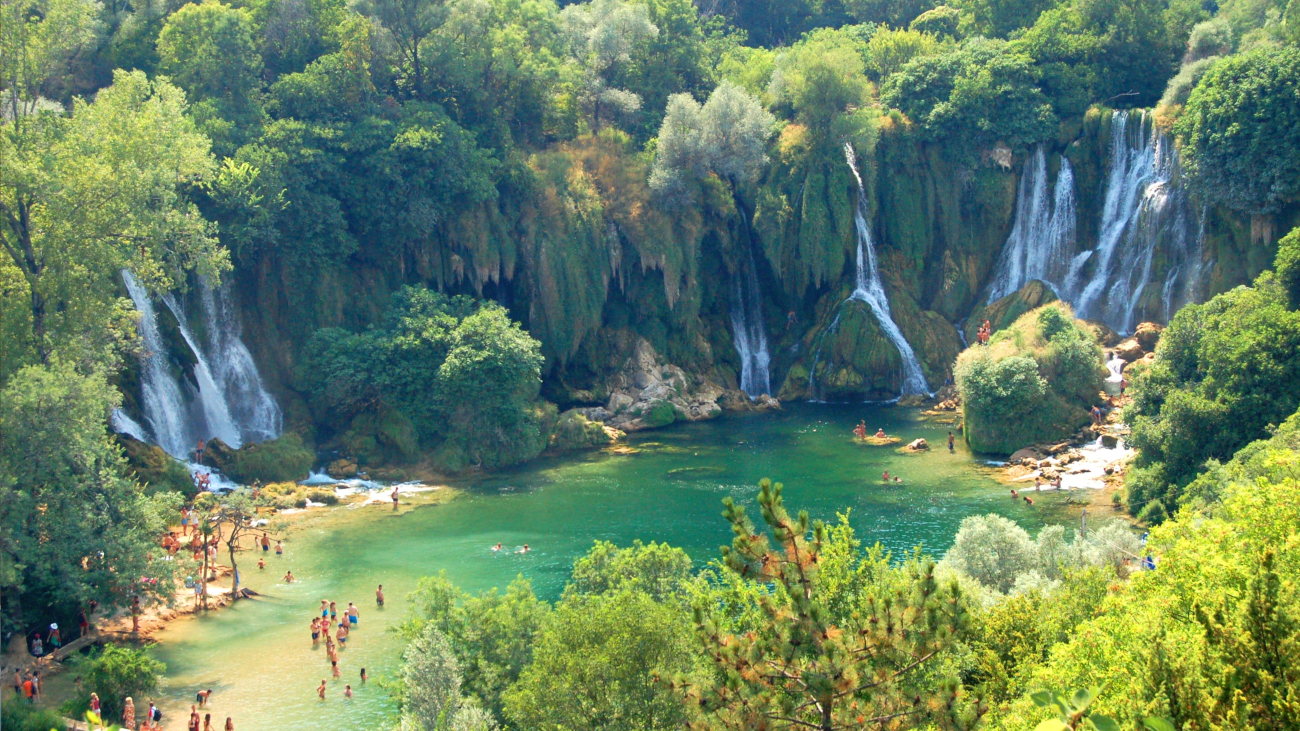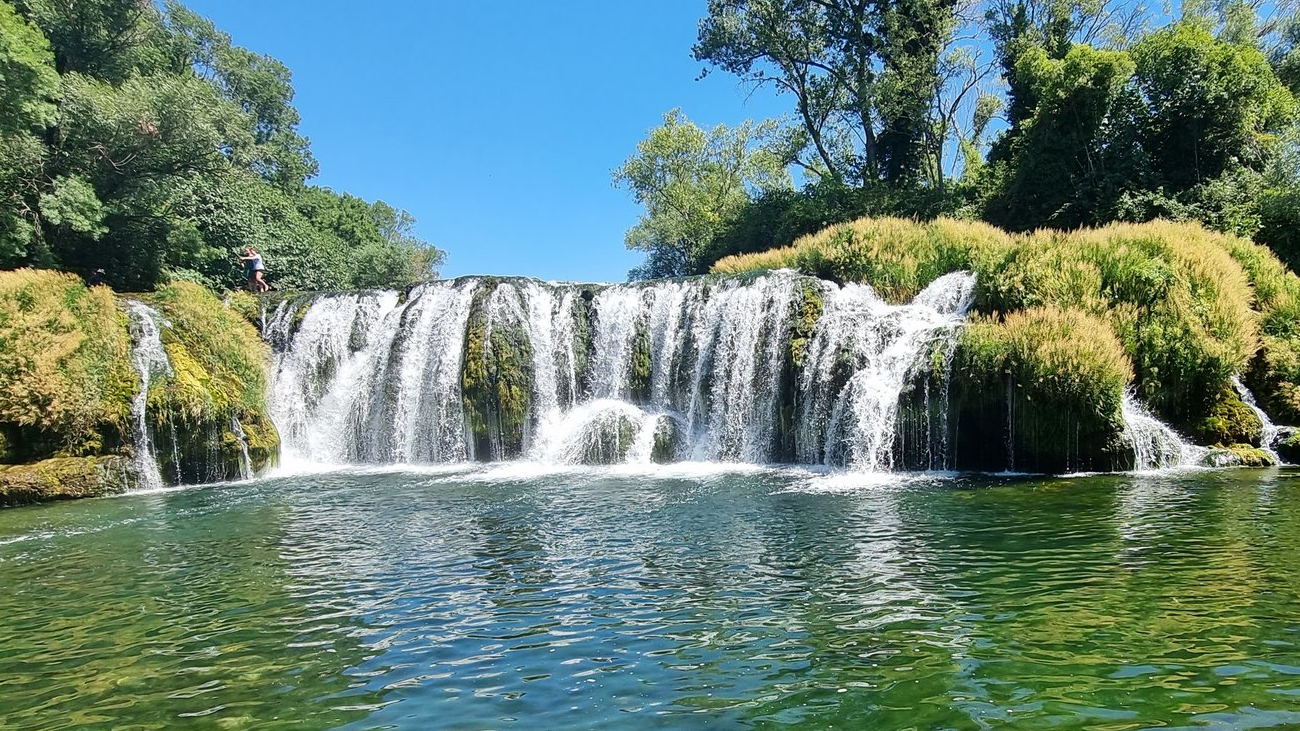The fortress was built in the Middle Ages, above Ljubuški, at the very top of the Butorovica hill. According to folk tales, herceg (duke) Stjepan Vukčić Kosača is responsible for the construction of the fortress, although historically it is older than him. In written sources Ljubuški is first mentioned on February 21, 1444 under the name Lubussa.
The fortress complex consists of two parts. The central tower “Herceguša” was built at the end of the 14th or beginning of the 15th century and the perimeter wall in the form of an irregular polygon with massive towers was built in the Ottoman period after 1472. THE OLD TOWN OF LJUBUŠKI was declared a National Monument of Bosnia and Herzegovina in October 2003.
Shortly before 1477, the city fell into Turkish hands and became a frontier fortress with a strong garrison. The Turks converted the fortress into a military residence, with all the accompanying facilities. After 1835 the Ljubuški fortress lost its defensive and strategic role.




